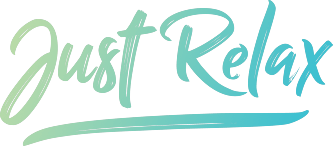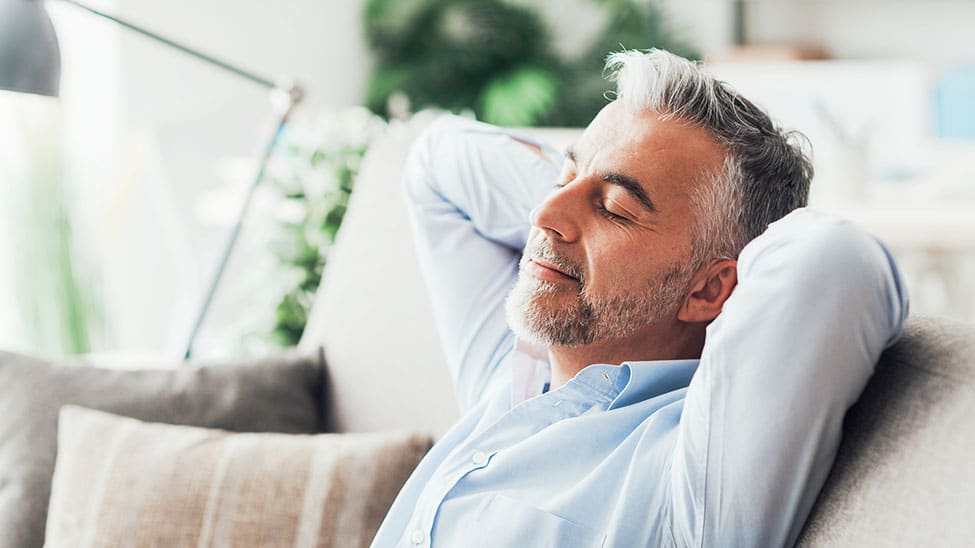
Tension – always this unpleasant pulling
Do you know it? You want to turn your head, lift your arm, bend forward – and you’re thwarted by a stabbing pain. Tension can arise in many different ways. For example, if you’ve been exposed to a cold draft. Or because you are under constant stress and don’t take time to relax. To help you relieve tension, there are a few simple techniques that we present to you here.
What causes tension?
Tension is mainly caused by one-sided stress. This can happen at work, for example, if you always carry heavy bags on one side only, or through hobbies that put strain on one side, such as playing the violin or tennis. Tension can also occur after an accident or other jerky movements. This is called whiplash. Tension can also occur as a result of mental pressure. In this case, the cause is not an external problem, but a psychological one.
How can I relieve psychosomatic tension?
This is how psychosomatic tensions arise
In order for you to solve psychosomatic tension, you first need to know what it is in the first place. Psychosomatic means that your pain does not come from any part of your body being sick, but from psychological problems. These can be stress, social conflicts or external pressure from friends, partners, colleagues or society. These problems burden you so much that you also feel the pain physically. Sometimes the connection is quite clear: if you are in a difficult situation, for example, even the popular saying is “grit your teeth”. We often do that, too, and in the process tense up the jaw muscles, which leads to tension in the long run. With other types of tension, unfortunately, the connection is not so easy to identify. Nevertheless, in the case of psychosomatic tension, it is particularly important to find and treat the psychological cause as well, not just the tension itself.
This is how psychosomatic tension is treated
Simply getting a diagnosis of “psychosomatic” can be very depressing because it doesn’t tell you anything about what the psychological causes of your problem are. Solving the tension by treating the cause is not possible either. That is why you should see a doctor who will work with you to find the causes of your psychosomatic tension. That is, he identifies where exactly the tension is located and what mental causes it has. To treat psychosomatic tension, you also need a combination of physical treatment, such as massage or heat therapy, and psychological treatment, such as music therapy or special breathing techniques.
Ensure balance
Psychosomatic problems can arise quickly, especially in more sensitive people. In order to prevent psychosomatic tension from occurring (again), you should prevent it and pay attention to relaxation in everyday life. For example, consciously use your lunch break at work as relaxation time by eating delicious food and maybe even taking a short walk. Make your home a place where you can really switch off, for example by turning your bedroom into a feel-good oasis. Because relaxing doesn’t have to be limited to the weekend or summer vacation!
What can be used to relieve chronic tension?
The vicious circle
When you suffer from tension, whether it’s psychosomatic or not, it can become a permanent problem. You try to switch off the movement restrictions and pain caused by tension by falling into a relieving posture, i.e. adopting a posture that is actually unnatural, but which causes you less pain at the time. As a result, however, everything only gets worse, because now other muscle groups are overloaded and also tense up. If the pain is not treated for a long time, or if you are constantly under pressure – as many people are nowadays – this leads to chronic tension. While normal tension subsides after a few days, chronic tension lasts longer, usually even for a few weeks.
Getting to know your body again
The biggest problem with chronic tension is that at some point you no longer feel how tense your muscles actually are. Feldenkrais movement exercises or Jacobson muscle relaxation help you to become aware of tense muscles so that you can relieve tension. You should have the appropriate therapies prescribed by your doctor in order to learn the right techniques.
How to prevent chronic tension
We often can’t prevent tension from arising here and there. However, it is important that you take care of your tension immediately so that it does not become a permanent problem. Various exercises and remedies that can help you with this are described below. Also, it is important that you start looking for the reason for your tensions. Is it due to an uncomfortable mattress or a slanted sitting posture at work? Once you’ve found the cause, you can take remedial action to prevent tension from occurring in the first place in the future. If you suffer from the same type of tension more often or can’t find a reason, we recommend that you see a doctor. Especially in the case of bone misalignments or psychosomatic complaints, you will rarely get to the core of your problem on your own.
What tension relieve remedies can I do at home?
Tension relieve massage techniques
Muscles can also tense up during exercise if, for example, you don’t warm up enough before a workout or get a cold draft after a workout. You can relieve tension yourself with massage techniques. You can do this, for example, with a massage gun, which you can use to loosen your muscles at home or directly in the gym. If you want to relieve tension, you can also combine it with a relaxing massage and massage oil.
Relieve tension with a tennis ball
Tension is especially common in the neck and along the spine. However, you can remedy this with a few exercises from home: grab a tennis ball, lie down on the floor and off you go! You can use the tennis ball much like a massage roller. Use the tennis ball to apply pressure to the tense area and slowly roll back or forth until you feel the tension relieve. Be careful not to apply too much pressure or make a hollow back. If the pressure is too strong, you can use a softer pad, or instead of the tennis ball, use a softer felt ball or a small cherry pit pillow.
Relieve tension with heat
Especially when your muscles are acutely tense, heat helps to relax them. Combine the heat with relaxing yourself mentally as well. For example, you can relax on the sofa with an electric blanket and a good book. A warm bath is also an easy way to relax and loosen your muscles. A simple but effective way to prevent tension is also: wrap up warm! Whether it’s after working out or if you know you’ll be standing at the drafty train station longer today. Because when you’re cold, your muscles tense up trying to maintain body temperature. Therefore, you should protect your neck muscles from wind and cold with a thick scarf.
Relieve tension in your feet
Uncomfortable shoes or general tension can also lead to foot pain. You can relieve tension by rolling a small ball along the sole of your foot, for example. You can strengthen your foot muscles with simple exercises, for example by circling your feet and pulling your toes up or stretching them out. The barefoot path, which you probably explored as a child, is also great. A regular trip there is also worthwhile for adults, because your foot muscles have to perform unusual balancing feats and experience different types of pressure. This not only strengthens your muscles, but also stimulates your senses in a whole new way.










